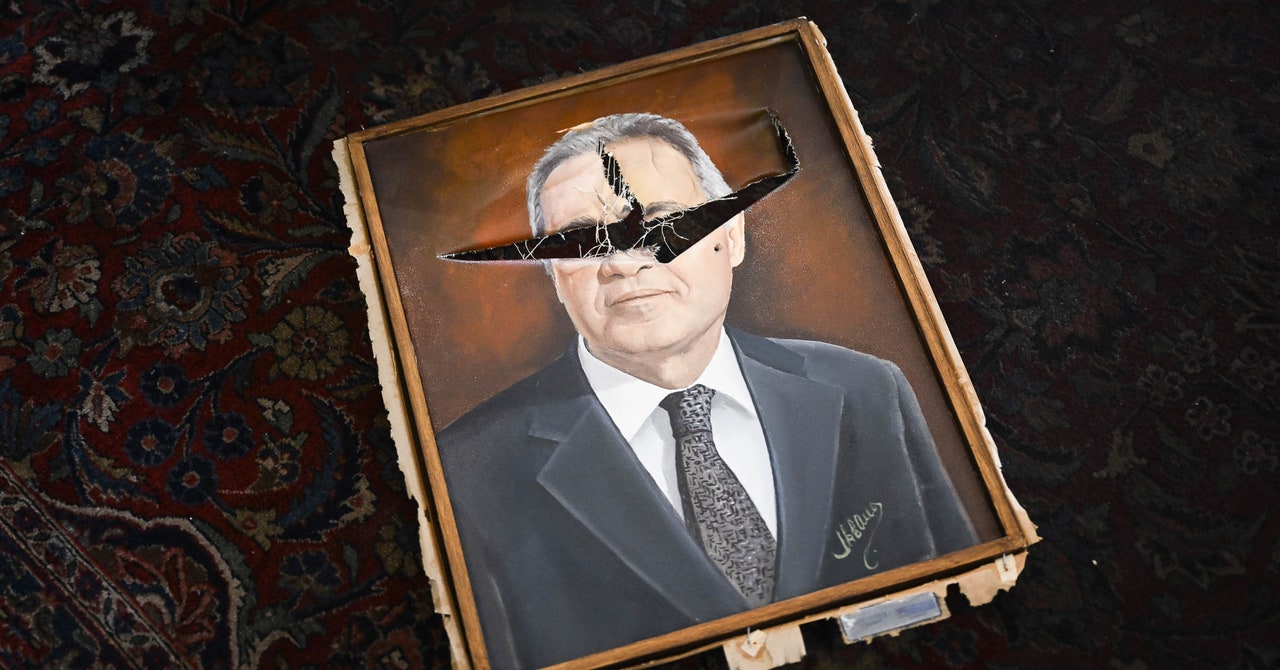The problem, says Santos, is that platforms often fail to see the potential impact of “anti-democratic” content. “They remove content that incites violence,” she says. “But when people call for military intervention, for example, they don’t clearly associate military intervention with violence.”
While every expert who spoke to WIRED noted that disinformation in Brazil spans almost all social platforms, as well as private messaging apps like WhatsApp and Telegram, Marco Ruediger, director of the school of communication at Fundação Getulio Vargas, says that more visual platforms like YouTube and Instagram are often the media of choice for spreading disinformation. TikTok, while popular, seemingly had less of an impact.
Images and video can also provide a way for bad actors to escape text-based moderation systems. “On YouTube, we very often see influencers taking screenshots of posts and putting them in their videos,” says Braga. “That won’t be flagged and removed.” This means that even if a piece of content is deleted on Facebook, Instagram or Twitter, a screenshot can live on in a YouTube video that continues to circulate.
Braga also says that uneven content moderation, which is often strongest in English, means that modified or dubbed content can remain even if the English version is removed.
Meta spokesperson Corey Chambliss says the company designated Brazil as a high-risk location ahead of the presidential election in October and removed content that encouraged people to raid government buildings. He also says Meta calls the storming of the Brazilian Congress a “violating event” and is cooperating with Brazilian authorities.
YouTube spokesperson Ivy Choi says the platform will remove content that violates the guidelines, “including live streams and videos that incite violence,” and will prevent ads from appearing next to content that incites violence. However, Santos was able to find Brazilian YouTube influencers streaming the uprising who added a QR code that viewers could use to donate to the uprising cause using Brazilian payment portal Pix.
Ella Irwin, vice president of trust and safety at Twitter, says her team has “removed content that violates our policies, including content that attempts to incite violence.” Irwin declined to say what steps Twitter has taken to protect the platform during and after Brazil’s presidential election, but she claimed it “gives priority to processing legal requests for information related to any criminal investigations.”
Equis Research’s Braga says any moves by platforms, or even legislators, in Brazil or abroad are unlikely to be enough to prevent history from repeating itself. “Disinformation is a borderless phenomenon with limited jurisdiction,” says Braga. “Countries only have jurisdiction over their own borders, and social media companies only have jurisdiction over their own platforms.”

